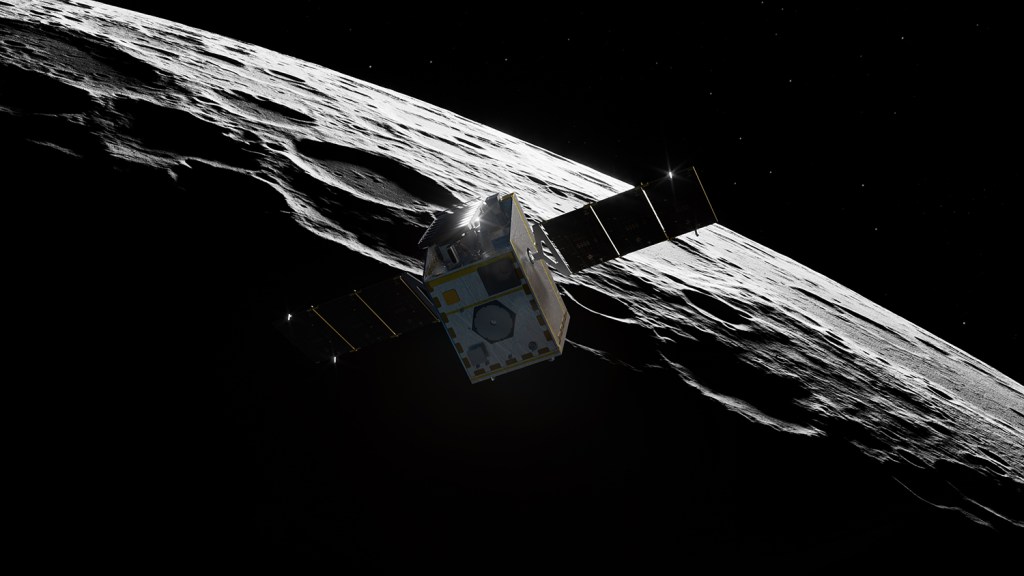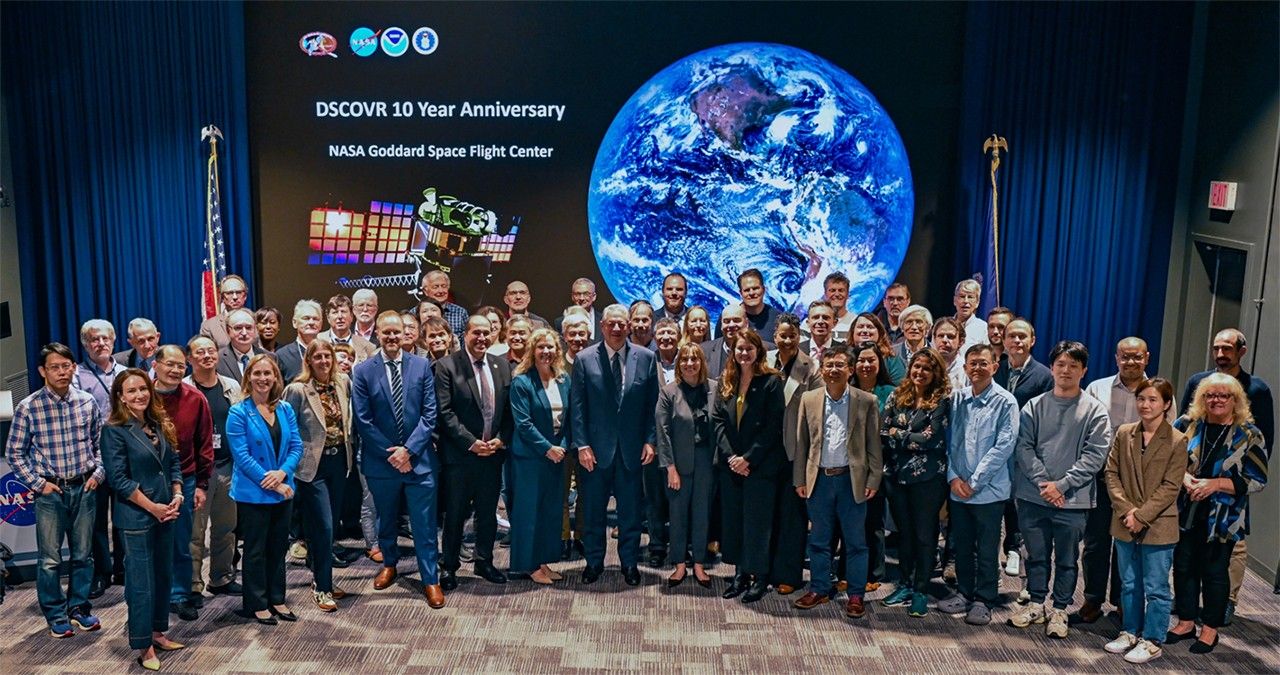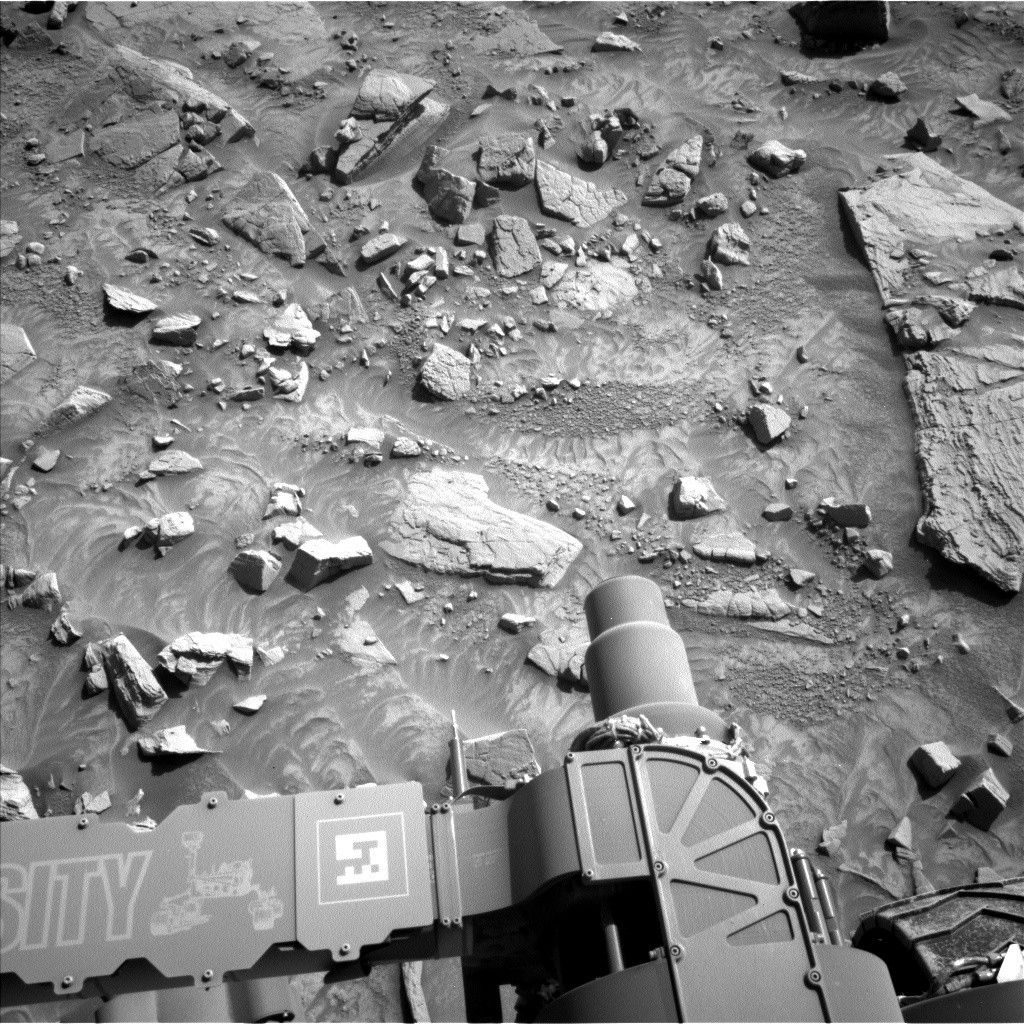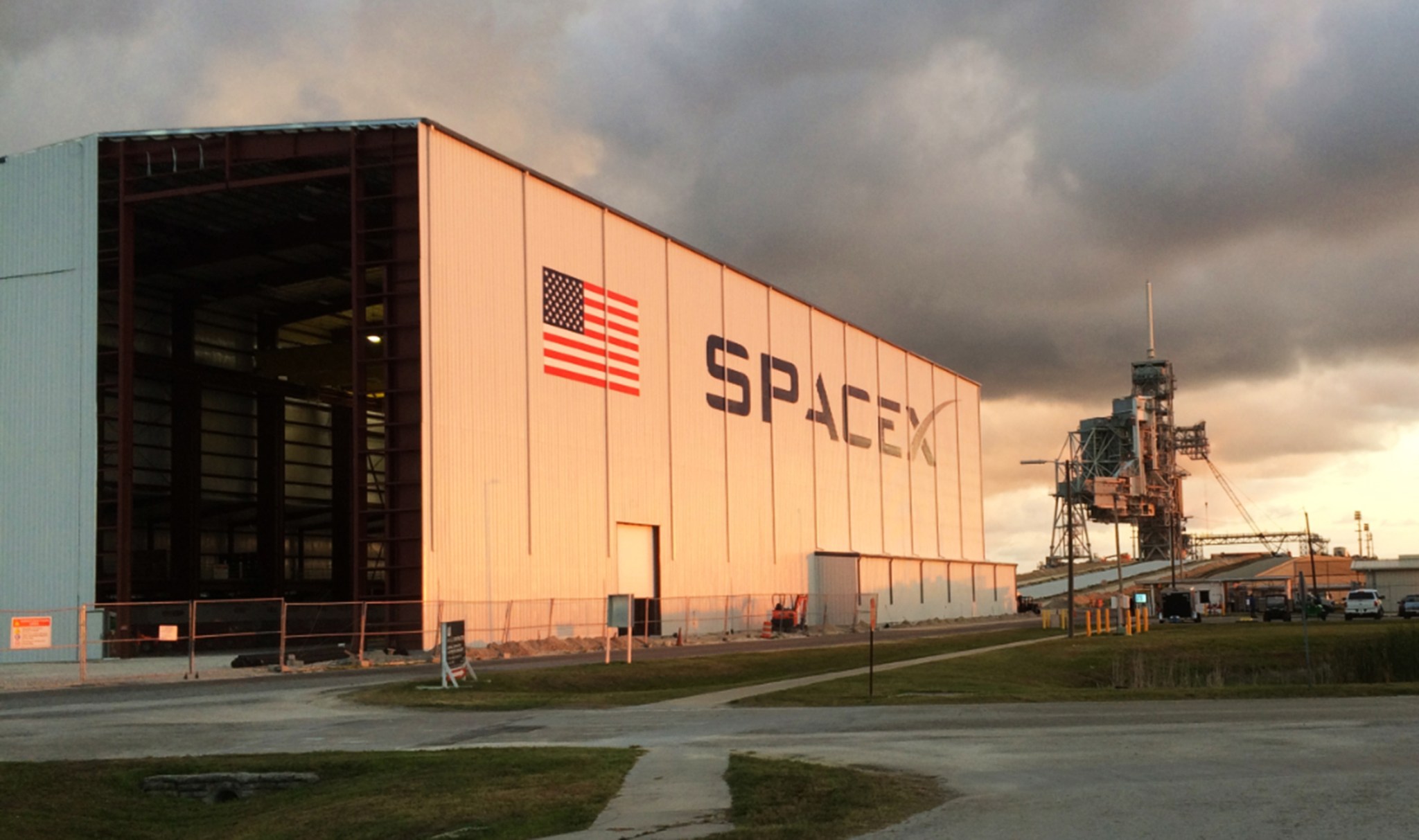By Bob Granath
NASA’s Kennedy Space Center, Florida
The International Space Station brings together science, technology and human innovation, demonstrating new technologies and research breakthroughs not possible on Earth. A resupply line of unpiloted spacecraft keeps this work going, supporting efforts to enable human and robotic exploration of destinations well beyond low-Earth orbit.
The next mission to the Earth-orbiting laboratory will be the eleventh commercial resupply services flight for SpaceX. Liftoff is targeted for 5:55 p.m. EDT on June 1, 2017, from Launch Complex 39A at NASA’s Kennedy Space Center in Florida. This will be the sixth SpaceX rocket to take off from the historic pad further emphasizing the center’s role as a premier, multi-user spaceport.
The company’s 230-foot-tall Falcon 9 rocket will boost a 20-foot high, 12-foot-diameter Dragon capsule filled with supplies and experiments. The payload will include important materials to support more than 250 science and research investigations taking place during Expeditions 52 and 53.
When the Dragon arrives at the space station, U.S. astronauts Peggy Whitson and Jack Fischer will grapple Dragon using the station’s 57-foot-long robotic arm. Ground commands then will be sent from mission control for the station’s arm to rotate and install the Dragon capsule to the station’s Harmony module.
The Expedition 51 crew will unpack the Dragon and begin working with the experiments that include the following:
Seedling Growth-3
A joint project of NASA and the European Space Agency (ESA), the Seedling Growth-3 experiment is being flown for the third time. Once onboard the space station, seeds will be placed in the European Modular Cultivation System, or EMCS, where they will be hydrated and exposed to varying conditions of light and gravity. The EMCS is an ESA research facility aboard the space station dedicated to studying plant biology in a microgravity environment. The resulting seedlings will be either frozen or chemically fixed and returned to Earth for post-flight analysis. Seedling Growth-3 is designed to help scientists gain a better understanding of the basic mechanisms of light and gravity-sensing in plants. The results could aid in improving the long-term sustainability of agricultural production both on Earth and extended-duration spaceflights.
Advanced Colloids Experiment-Temperature-6
Colloids are microscopic particles suspended in a liquid found in products ranging from milk to fabric softener. Consumer products often use colloidal gels to distribute specialized ingredients such as droplets that soften fabrics. But the gels must serve two opposite purposes. They must disperse the active ingredient so it can work, yet maintain an even distribution so the product does not spoil. The Advanced Colloids Experiment-Temperature-6, or ACE-T-6, is designed to study the microscopic behavior of colloids in gels and creams, providing new insight into fundamental interactions that can improve product shelf life.
Advanced Combustion via Microgravity Experiments
The Advanced Combustion via Microgravity Experiments, or ACME, is a set of five independent studies of gaseous flames being conducted aboard the space station. ACME’s goals are to improved fuel efficiency and reduced pollutants in practical combustion on Earth. It also is expected to aid in spacecraft fire prevention through innovative research focused on materials flammability.
NanoRacks
NanoRacks of Houston again will provide commercial hardware and services supporting several experiments flown to the U.S. National Laboratory aboard the space station. The company provides low-cost services, many supporting opportunities for students in middle and high schools to develop investigations to be conducted in the microgravity environment of the station. Such programs provide young scholars with hands-on experience in disciplines of science, technology, engineering and mathematics, or STEM. The goal is to encourage these students to pursue careers in fields that support NASA research.
The Dragon capsule will spend approximately one month attached to the space station, remaining until early July. The spacecraft then will return to Earth with results of earlier experiments, splashing down in the Pacific Ocean off the coast of Baja California.
The space station has been occupied continuously since November 2000. In that time, more than 200 people from around the world and a variety of international and commercial spacecraft have visited the orbiting laboratory. The space station remains the springboard to NASA’s next great leap in exploration, including future missions to Mars.































